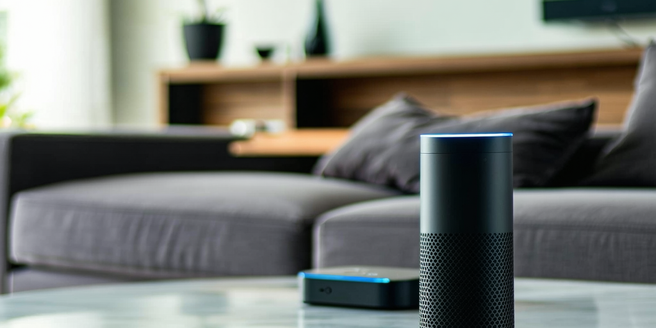Digital Assistants

Understanding Digital Assistants: An Overview
Digital assistants have become a ubiquitous part of our everyday lives, offering a seamless blend of technology and convenience. These AI-powered tools are designed to understand human commands, execute tasks, and provide interactive responses, making them invaluable across personal and professional domains. Originally confined to simple voice-based search queries, digital assistants now facilitate a range of tasks from managing schedules to controlling smart home devices. The integration of natural language processing and machine learning allows them to adapt and learn from user interactions, becoming more intuitive over time. As they collect data points, these assistants personalize user experiences, optimizing productivity and efficiency. Despite their inherent benefits, understanding how they operate and their underlying mechanisms is crucial for harnessing their full potential.
The Evolution of Voice-Activated Technology
Voice-activated technology has witnessed significant growth and transformation over the last decade. Initially, interactions were limited to basic commands and error-prone transcriptions. However, advancements in artificial intelligence and machine learning have led to more sophisticated, responsive, and accurate voice recognition systems. This evolution is characterized by the emergence of smart speakers, integrated platforms, and voice-driven applications. These innovations have expanded the possibilities, allowing users to access vast information pools, control IoT devices, and receive real-time assistance, all hands-free. By learning speech patterns and preferences, these technologies have enhanced user interaction quality and accessibility. As adoption rates soar, the evolution continues to hold promise for even more dynamic, context-aware, and personalized services, shaping the landscape of future voice-enabled applications.
Key Features of Popular Digital Assistants
Popular digital assistants offer a variety of features that enhance usability and functionality. Voice recognition and natural language processing enable seamless interaction, allowing users to issue commands or ask questions in everyday language. Integration with smart home devices transforms these assistants into home automation hubs, managing everything from lighting to thermostats via simple voice commands. Calendar management and task reminders keep users organized and efficient, while internet search capabilities provide instant information retrieval. Some assistants also offer personalized recommendations based on user preferences and behaviors, elevating the user experience. Additionally, multilingual support and continuous updates ensure these tools remain accessible and relevant in an ever-evolving digital landscape. Collectively, these features highlight the transformative role digital assistants play in modern tech ecosystems.
How Digital Assistants Enhance Daily Life
Digital assistants enhance daily life by providing convenience, efficiency, and a touch of personalization. Whether aiding in task management or answering questions, these assistants streamline everyday activities. In the kitchen, they provide hands-free recipe guidance, while in the office, they help schedule meetings and manage emails. Their ability to control smart home devices adds a layer of automation, turning lights on or adjusting temperatures with simple voice commands. As personal DJ or weatherman, they curate playlists and provide forecasts that suit individual preferences. Furthermore, they contribute to accessibility, offering features for users with disabilities to interact with technology smoothly. By learning from user interactions, they evolve to anticipate needs better, all while fitting seamlessly into the fabric of daily routines, offering a blend of intelligence and utility.
Privacy Concerns and Security Measures
Despite their popularity, digital assistants raise significant privacy concerns. These devices constantly listen for activation commands, leading to potential data collection and unauthorized access risks. Conversations may inadvertently be recorded and stored, raising alarms over how this data is used, shared, or secured. To address these challenges, manufacturers implement robust security measures like end-to-end encryption, regular software updates, and user authentication protocols. Users are encouraged to regularly review and adjust privacy settings, manage stored data, and stay informed about device policies and practices. Moreover, understanding the balance between convenience and privacy is crucial, as reliance on these assistants grows. Proactive measures and transparent data handling policies are essential to safeguard user trust and prevent potential breaches, ensuring that the benefits of digital assistants outweigh any associated risks.
The Future of Digital Assistants and AI Integration
The future of digital assistants is closely tied to advancements in AI integration. As artificial intelligence continues to evolve, digital assistants are expected to become even more intuitive and context-aware, offering interactions that mimic natural human conversation. Future developments may include enhanced emotional intelligence, allowing assistants to interpret and respond to user emotions. Integration with various AI-driven technologies across sectors, from healthcare to education, will further expand their utility and influence. As 5G technology and IoT proliferation increase connectivity, digital assistants could manage more complex tasks across connected devices seamlessly. Continuous learning and personalization will enhance user experiences, while addressing ethical considerations and privacy concerns remain paramount. Ultimately, the future promises a more symbiotic relationship between humans and machines, underpinned by innovative AI advancements.